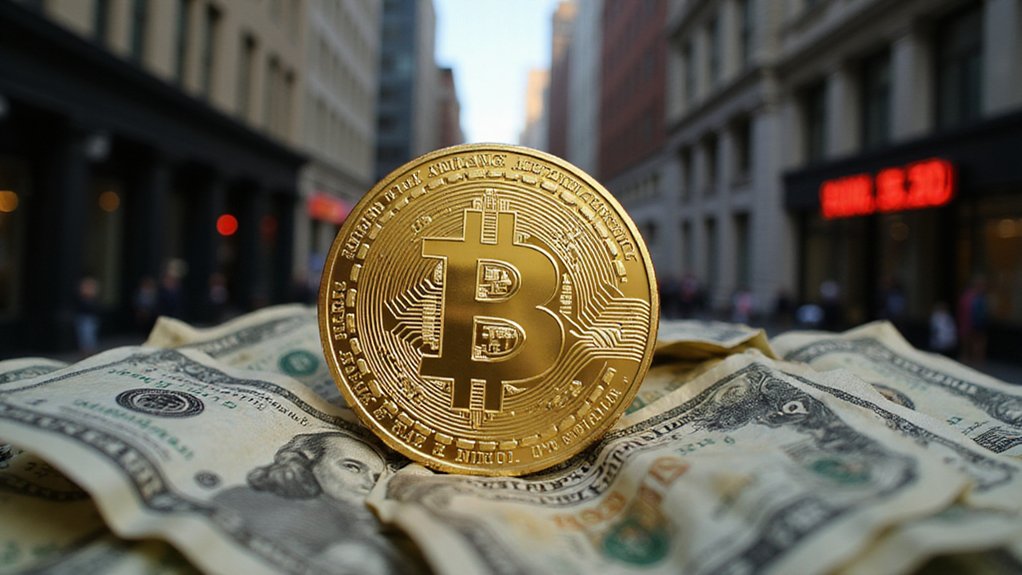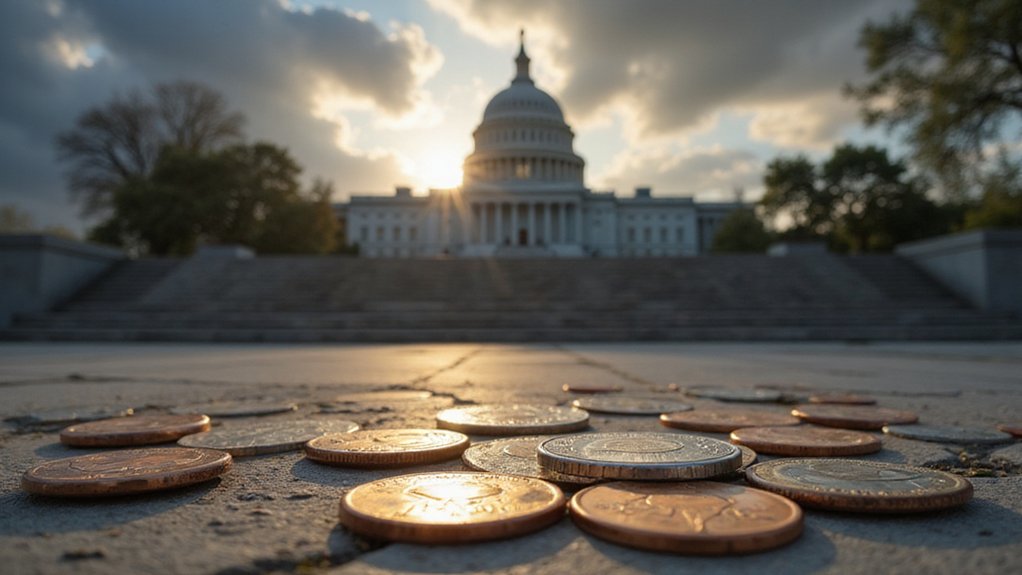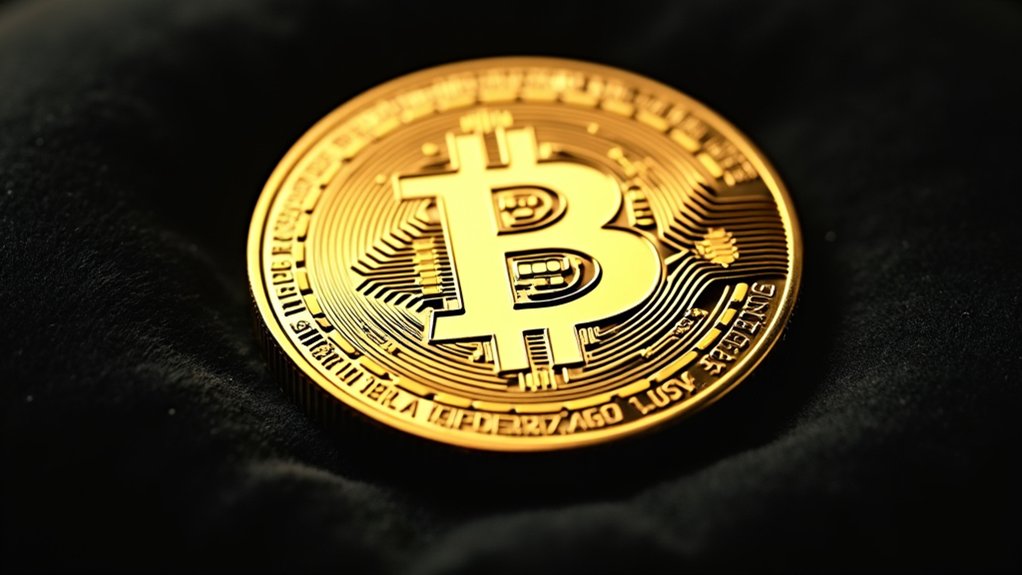How exactly does a former president—once openly skeptical of Bitcoin—transform into cryptocurrency’s most powerful ally? Through a series of executive orders that have crystallized into what industry insiders are calling a seismic recalibration of America’s relationship with digital assets.
The administration’s establishment of a Strategic Bitcoin Reserve and Digital Asset Stockpile represents a paradigm shift in monetary policy heretofore unimaginable within traditional corridors of power. By centralizing over 207,000 Bitcoin (valued at approximately $17 billion) alongside other cryptocurrencies—Ether, XRP, Solana, Cardano—the federal government has positioned digital assets alongside gold and petroleum as strategic national reserves. This diversification, while maintaining budget neutrality, suggests a fundamental rethinking of what constitutes sovereign wealth in the digital age. The President’s executive order explicitly commits that the United States will not sell any bitcoin deposited into the Strategic Bitcoin Reserve, creating a permanent no-sell commitment to strengthen America’s position.
America’s historic Bitcoin stockpile signals a seismic shift—digital assets now stand alongside gold as pillars of sovereign wealth.
The appointment of David Sacks to chair the Working Group on Digital Asset Markets signals the administration’s commitment to industry expertise over bureaucratic inertia. Meanwhile, the creation of a “Crypto and AI Czar” consolidates authority over these emerging technologies into a single oversight role—a structural reorganization with profound implications for regulatory efficiency. The Working Group has been tasked to submit a comprehensive report within 180 days outlining recommendations for the national regulatory framework.
Perhaps most consequential is the administration’s rollback of previous regulatory frameworks, which industry analysts had criticized as stifling innovation. The current framework aims to provide clarity while supporting stablecoins and reducing enforcement actions that crypto advocates viewed as impediments to market maturation. The administration’s approach aligns with broader market expectations that regulatory clarity will become a significant driver for cryptocurrency growth beyond 2025.
This public-private collaboration—soliciting input from industry leaders while maintaining interagency cooperation—represents a governance approach significantly different from previous administrations. The Treasury Department’s establishment of specialized offices for digital asset oversight further institutionalizes cryptocurrency within the federal apparatus.
What remains unclear, however, is how these domestic policies will interface with international financial systems. As America positions itself as cryptocurrency’s standard-bearer, questions about global regulatory arbitrage and monetary sovereignty loom large. The revolution, it seems, is just beginning—and conventional financial wisdom is its first casualty.









